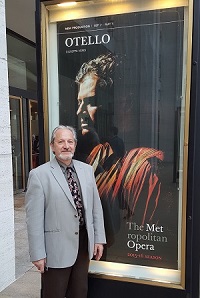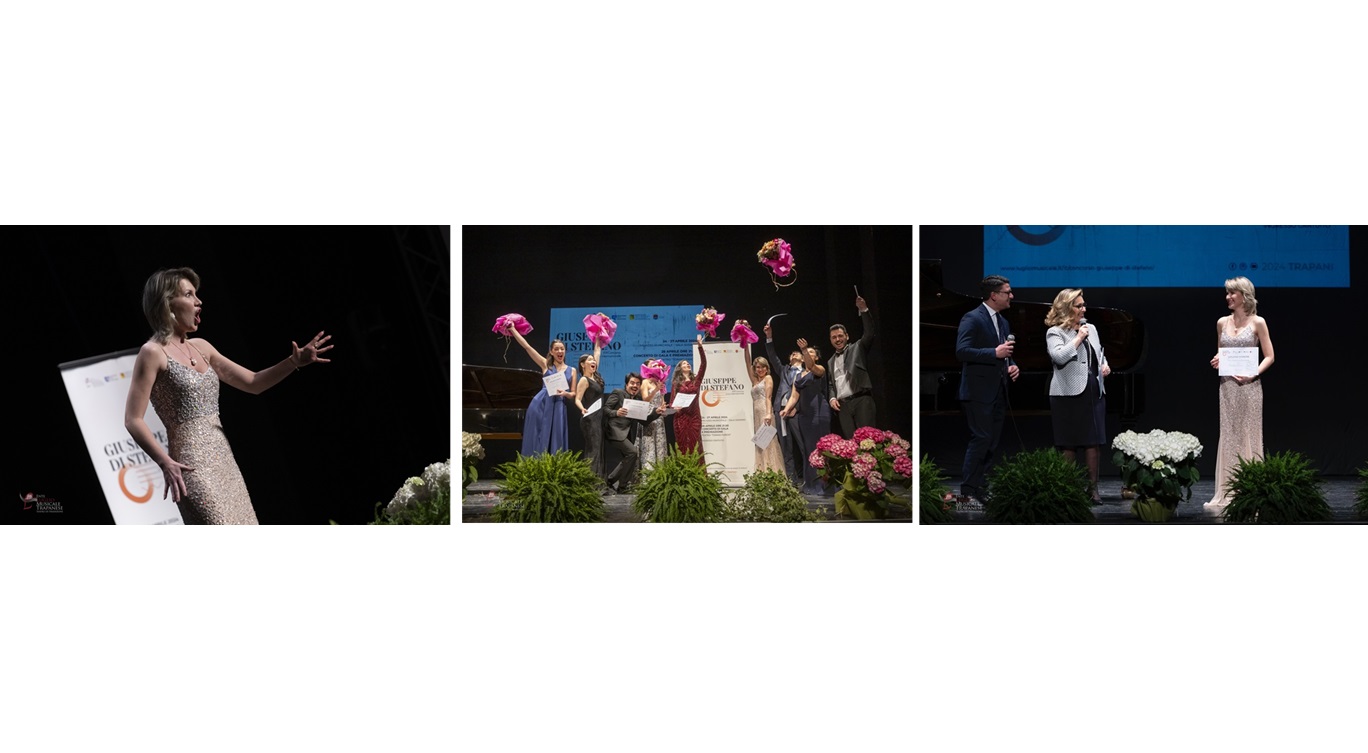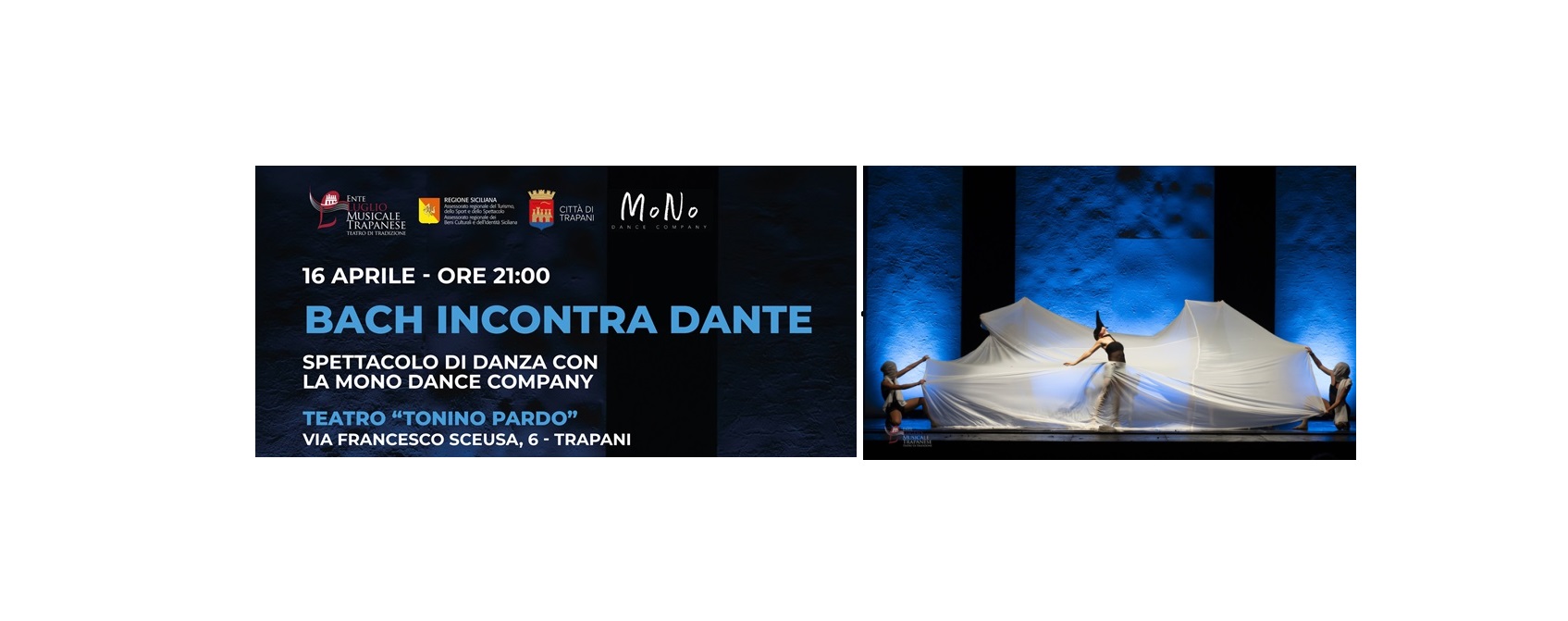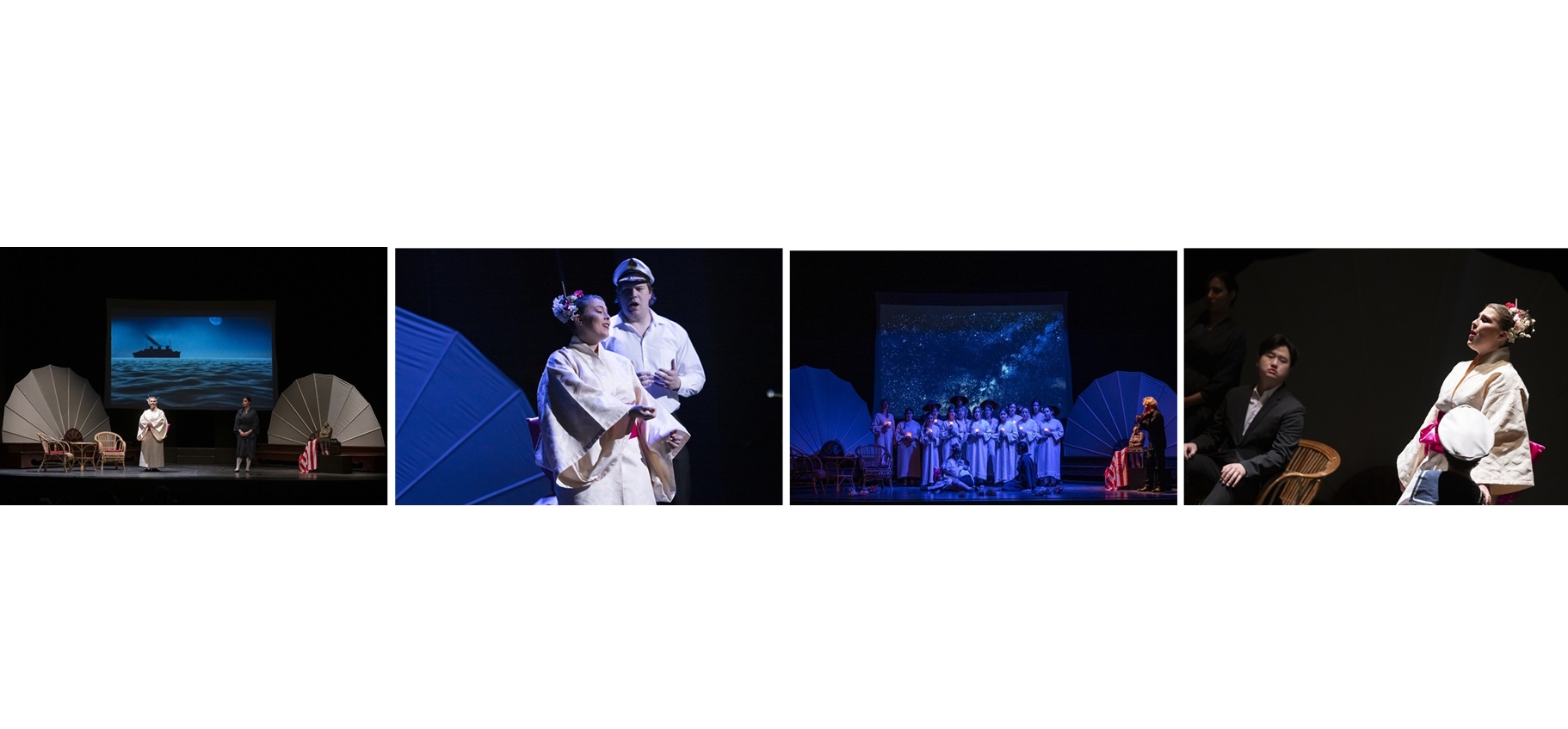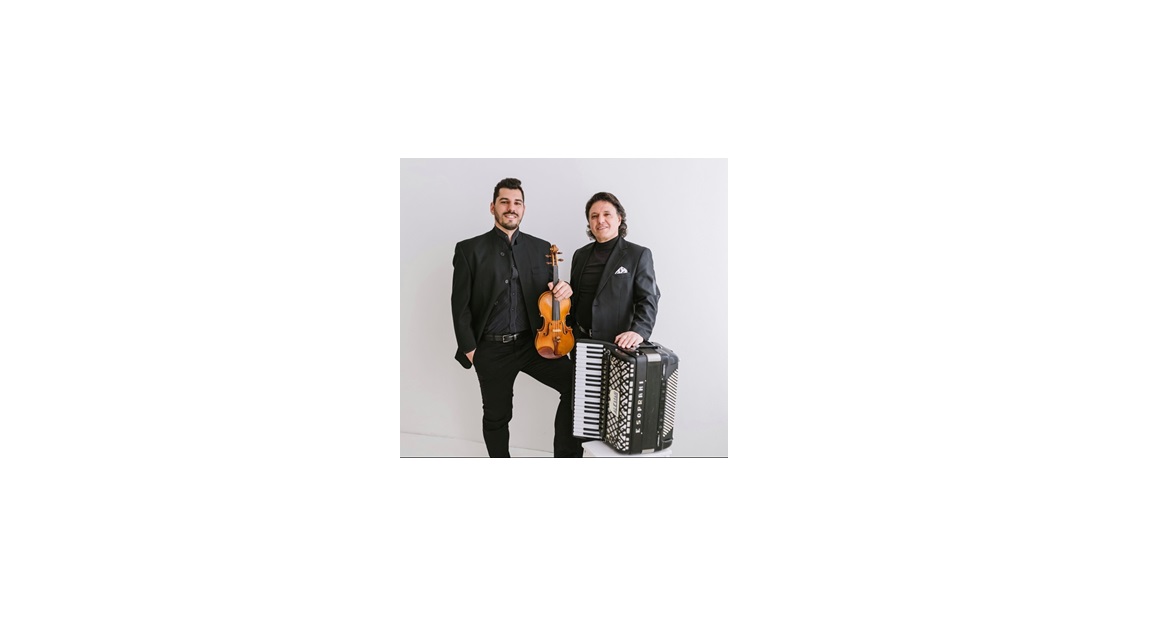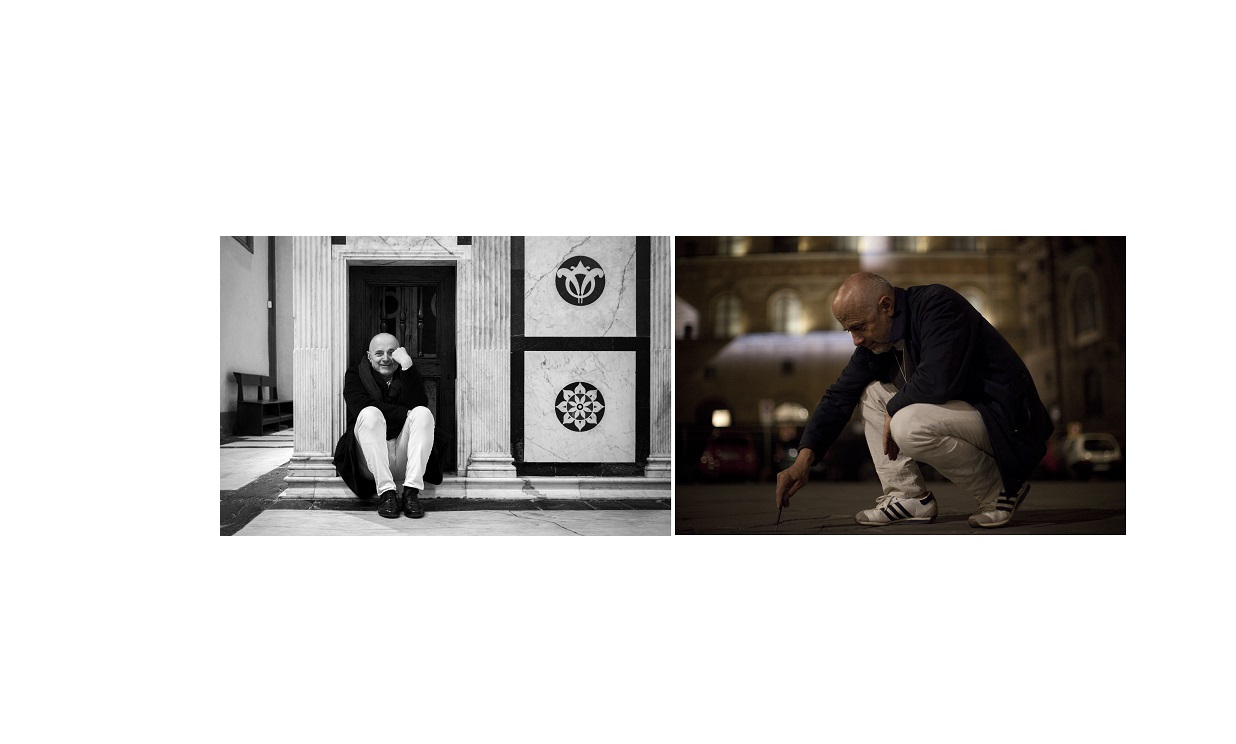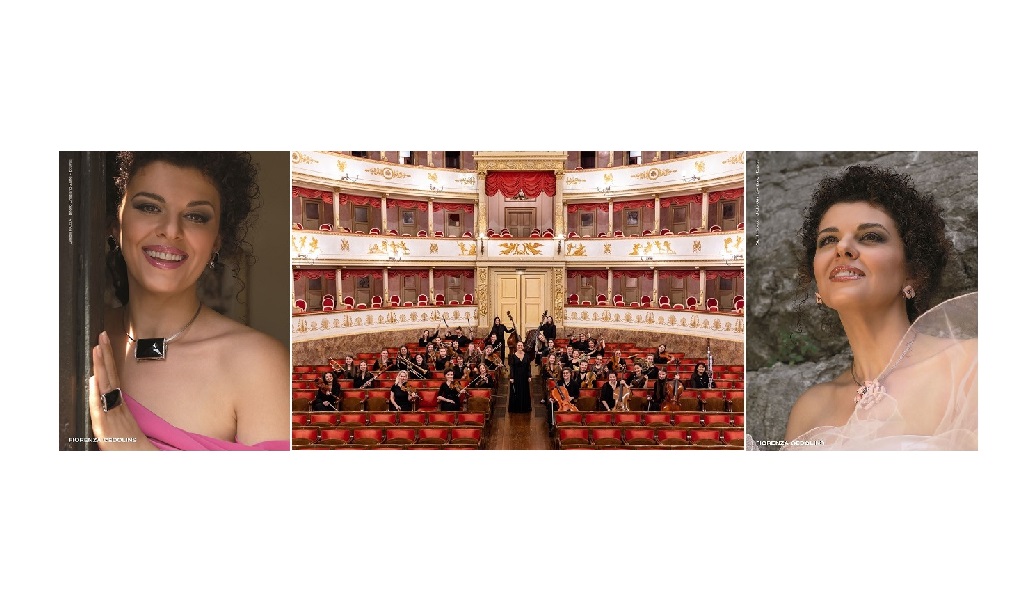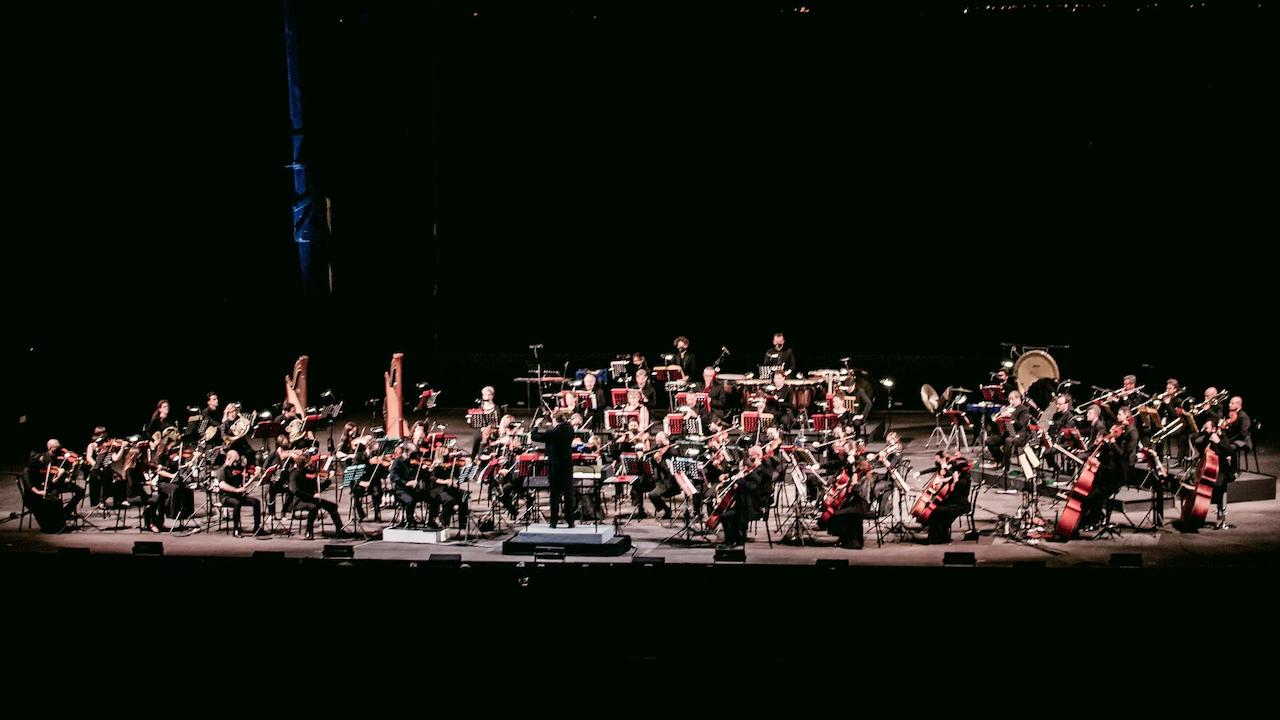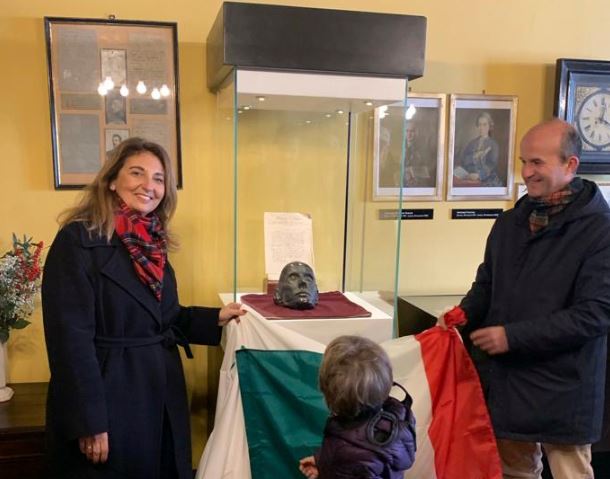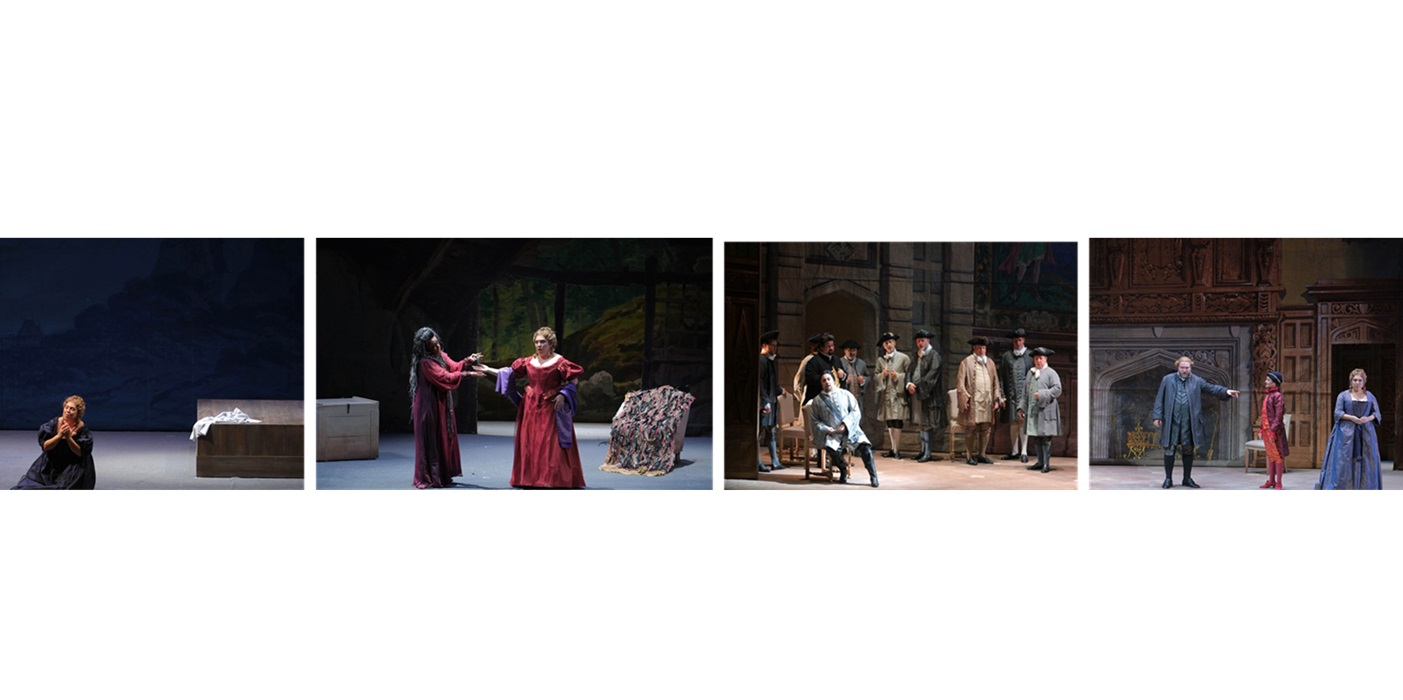L’Opera National de Paris Presents:
LA CLEMENZA DI TITO
OPERA SERIA IN TWO ACTS (1791)
MUSIC BY WOLFGANG AMADEUS MOZART (1756-1791)
LIBRETTO BY PIETRO METASTASIO ADAPTED BY CATERINO MAZZOLA
Performed in Italian
Is there any virtue more admirable than mercy? In La Clemenza di Tito, pity, like passion, is subjected to the imperious laws of beauty. Mozart’s return to opera seria was also the testament of an aesthete and a humanist.
| Thomas Netopil | Conductor |
| Willy Decker | Stage director |
| John Macfarlane | Sets and costumes |
| Hans Toelstede | Lighting |
| Alessandro Di Stefano | Chorus master |
Saimir Pirgu Tito Vespasiano
Tamar Iveri Vitellia
Maria Virginia Savastano Servilia
Stéphanie D’Oustrac Sesto
Hannah Esther Minutillo Annio
Balint Szabo Publio
Paris Opera Orchestra and Chorus
![]() COLAS, MÉCÈNE DE LA CLEMENZA DI TITO
COLAS, MÉCÈNE DE LA CLEMENZA DI TITO
 Présentation
Présentation
Mozart’s last opera, along with Die Zauberflöteand the Requiem, is his testament, the testament of an aesthete but also that of a humanist. From his childhood, Mozart had passionately loved and brilliantly exploited the genre of opera seria in works such as Lucio Silla or Idomeneo. Returning to it once again, he reiterates his love for the structure and pure lines of tragedy and the classical art of expression. Here, pity and passion are subjected to the imperious laws of beauty: is there any virtue more admirable than mercy, the knowledge and acceptance of the fault of another and its forgiveness? The very title of the work is a declaration of Mozart’s final acceptance of his own destiny (he was to die at the age of thirty-four) and of his pardon offered to all. Tomas Netopil conducts this austere yet flamboyant masterpiece in Willy Decker’s refined production.
The composer
Wolfgang Amadeus Mozart was born in Salzburg on 27 January 1756, and died in Vienna on 5 December 1791.
A child prodigy (he took his first harpsichord lessons at the age of four and started composing when he was six), Mozart soon became famous thanks to the many tours organised by his father, Leopold, who was also his teacher and mentor. Despite his short life, he is one of the most prolific composers in the history of music. In the field of opera, after his early works (La Finta semplice, Mitridate re di Ponto, Lucio Silla and La Finta giardiniera, among others), it was with Idomeneo (1781) that he truly asserted his personality. Die Entführung aus dem Serail, the following year, was his first mature work and heralded his later masterpieces : Le Nozze di Figaro in 1786, Don Giovanni in 1787, Così fan tutte in 1789. La Clemenza di Tito, composed the same year, returns to opera seria and was his last opera.
The work
Commissioned by the States of Bohemia for the coronation of Leopold II in Prague, La Clemenza di Tito is Mozart’s last opera. It was composed in the record time of barely three months to a libretto by Metastasio (the most renowned librettist of the 18th century), who had already worked with many composers (including Hasse and Jommelli) and whom Caterino Mazzola, the poet of the Court of Saxony, had brought back into favour. It is an opera seria, a genre which imposed rigorous formal constraints (a succession of arias linked by recitative) to which Mozart had submitted during his youth but was later to rebel against, notably in Idomeneo. For this reason, La Clemenza di Tito was for long the least favoured and the least performed of the operas of Mozart’s maturity. It is true that after the audacity of Le Nozze di Figaro and Don Giovanni, the work can appear conventional and retrograde. However, Mozart instilled it with a passion and humanity which succeed in reviving a dying genre, composing some of his most beautiful passages, which, with their sobriety and transparent instrumentation, are characteristic of the last period of his creative life.
La Clemenza di Tito can also be considered, from a political point of view, as a reflection on Power, in which triumphs a theme close to the composer’s heart, that of pardon. When it was first performed Queen Marie-Louise is said to have qualified the work as “porcheria tedesca !” (“German pig-swill” !).
The first performance
La Clemenza di Tito was first performed on 6 September 1791 at the National Theatre of Prague.
The work at the Paris Opera
La Clemenza di Tito was first performed at the Paris Opera (Opéra-Comique) on 29 June 1987 in a production directed by Federik Mirdita (scenery by Rudolf Rischer), conducted by Christopher Hogwood, with Carol Vaness (Vitellia), Trudeliese Schmidt (Sextus), Danielle Borst (Servilia), Thomas Moser (Titus), Martine Mahé (Annius) and Jean-Jacques Cubaynes (Publius). The work entered the repertoire of the Palais Garnier in 1997, in a production by Willy Decker (sets and costumes by John Macfarlane) conducted by Armin Jordan, with Cynthia Lawrence, Anne Sofie von Otter, Christine Schäfer, Keith Lewis, Angelika Kirchschlager and David Pittsinger.
In 2005, a production from the Théâtre Royal de la Monnaie in Bruxelles was presented at the Palais Garnier, staged by Ursel and Karl-Ernst Herrmann, with Catherine Naglestad, Susan Graham, Ekaterina Siurina, Christophe Prégardien, Hannah Esther Minutillo and Roland Bracht (revived in 2006 with Anna Caterina Antonacci in the role of Vitellia). It is Willy Decker’s production, which in previous years has featured Deon van der Walt, Charles Workman, Kurt Streit in the title role, Christine Goerke, Hibla Gerzmava as Vitellia and Vesselina Kasarova, Stéphanie d’Oustrac as Sesto, which is once again being performed this season.
Performance Dates:
|
November 2013
|
||||||
| Mon | Tue | Wed | Thu | Fri | Sat | Sun |
|---|---|---|---|---|---|---|
| 1 | 2 | 3 | ||||
| 4 | 5 | 6 | 7 | 8 | 9 | 10 |
| 11 | 12 | 13 | 14 | 15 | 16 | 17 |
| 18 | 19 | 20 | 21 | 22 | 23 | 24 |
| 25 | 26 | 27 | 28 | 29 | 30 | |
|
December 2013
|
||||||
| Mon | Tue | Wed | Thu | Fri | Sat | Sun |
|---|---|---|---|---|---|---|
| 1 | ||||||
| 2 | 3 | 4 | 5 | 6 | 7 | 8 |
| 9 | 10 | 11 | 12 | 13 | 14 | 15 |
| 16 | 17 | 18 | 19 | 20 | 21 | 22 |
| 23 | 24 | 25 | 26 | 27 | 28 | 29 |
| 30 | 31 | |||||









